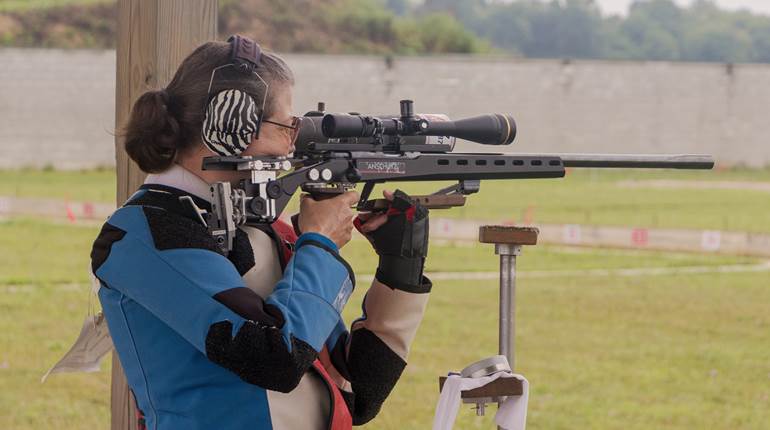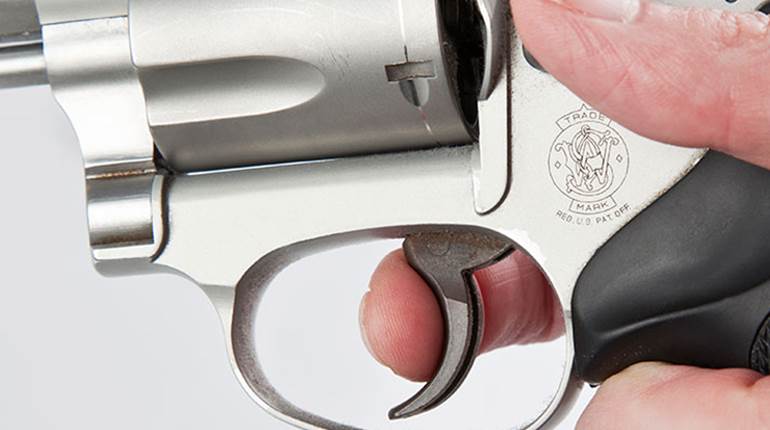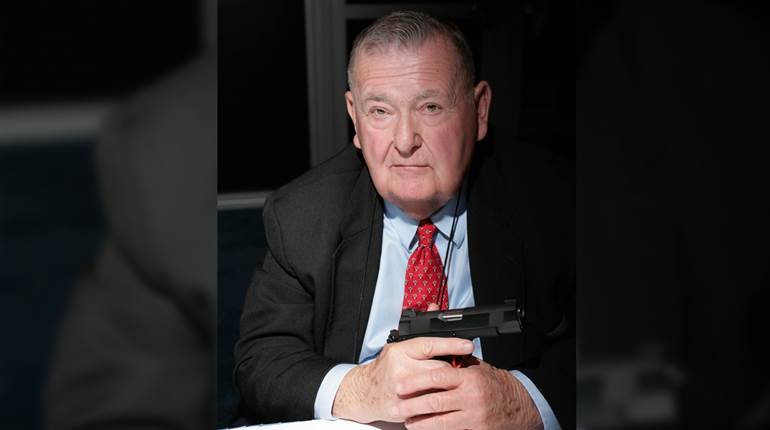
Back in the 70s, there was a great deal of experience behind police trainers and the procedures used to make competent handgunners out of rookie cops. For the most part instructors were teaching the use of wheelguns, one of the more forgiving handguns ever made. But the move to automatic pistols came along in that period and things changed. Police adopted autos, quickly deposing the DA/SA revolver. SigSauer/Beretta/S&W and a few other autos were the first guns of choice. Most of the guns of that day were cocked for the first shot by trigger pressure, with subsequent shots cocking when the slide recoiled and returned to battery. A first-class trainer, whose experience spans those early years to date, recently commented to me that it was actually easier to teach DA/SA autos when everyone was coming off revolver skills.
There is a problem inherent in that first-shot in double action to the second shot in single action, and it’s more than just the different feel of the two trigger actions. The thick butt sections of most autos makes for an unwieldy grip at best. People with all but the biggest hands may have control of the gun, but they find themselves shifting the gun in their grasp just a little when the go from DA to SA. That leads to all kinds of typical trigger control problems—jerking, heeling, flinching, etc. On-target groups spread out to poncho size. If there is any way to resolve this dilemma for the struggling handgunner, it has to be through a complete understanding of trigger reset.
Reset is that point in the forward motion of the trigger where the trigger/sear/hammer linkage allows the shooter to stop and reverse the motion to fire again. You can actually feel—and sometimes hear—a tiny click when this happens. It happens in DA, SA or even DAO trigger systems. Basically, learning to reset the trigger means that you are reducing the distance the trigger travels in firing multiple shots. It has significant advantages in any form of shooting, but we’ll leave that for another time.























![Winchester Comm[94]](/media/1mleusmd/winchester-comm-94.jpg?anchor=center&mode=crop&width=770&height=430&rnd=134090756537800000&quality=60)
![Winchester Comm[94]](/media/1mleusmd/winchester-comm-94.jpg?anchor=center&mode=crop&width=150&height=150&rnd=134090756537800000&quality=60)












